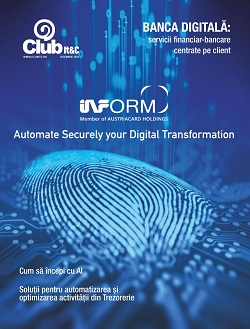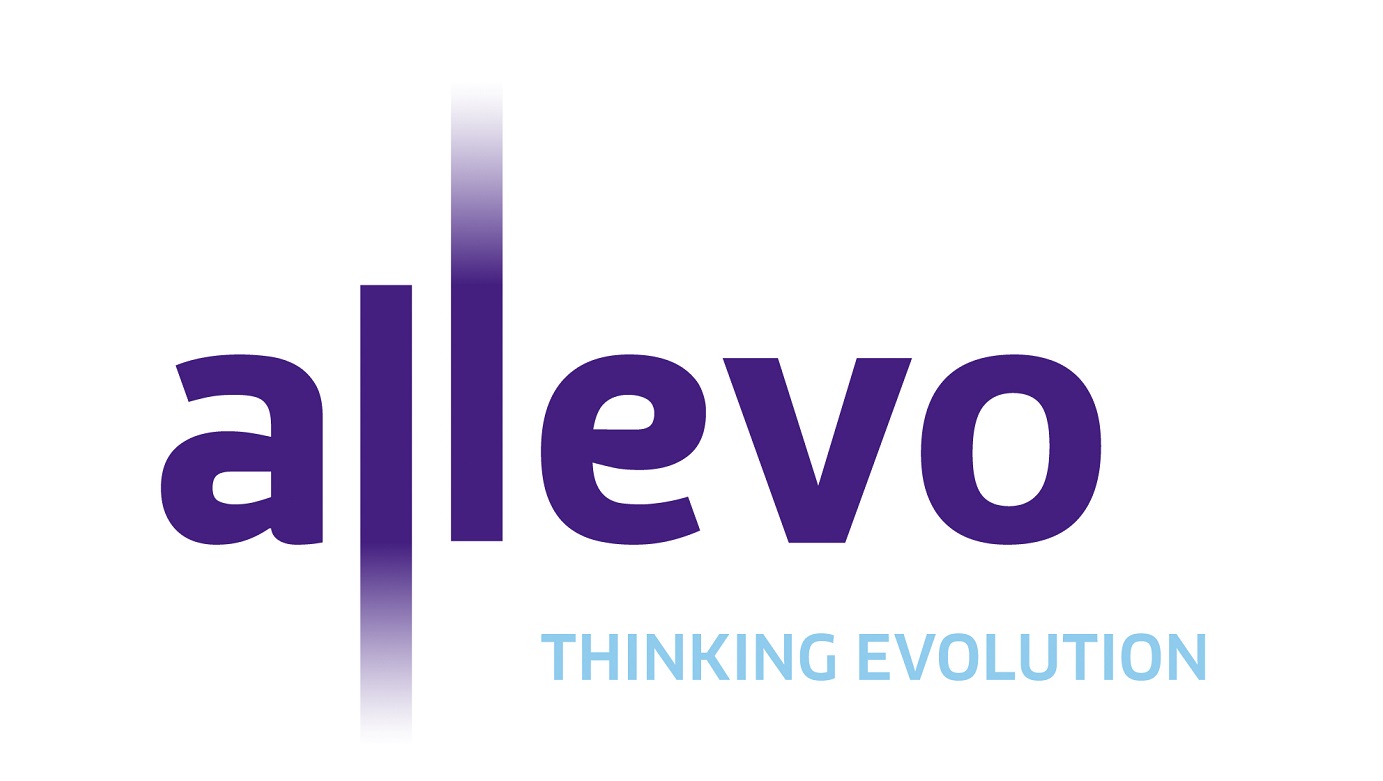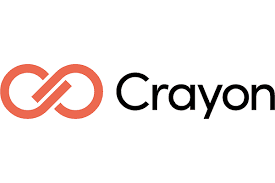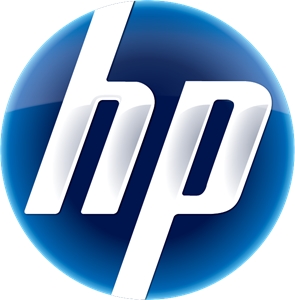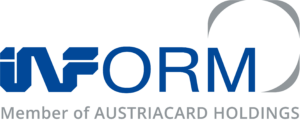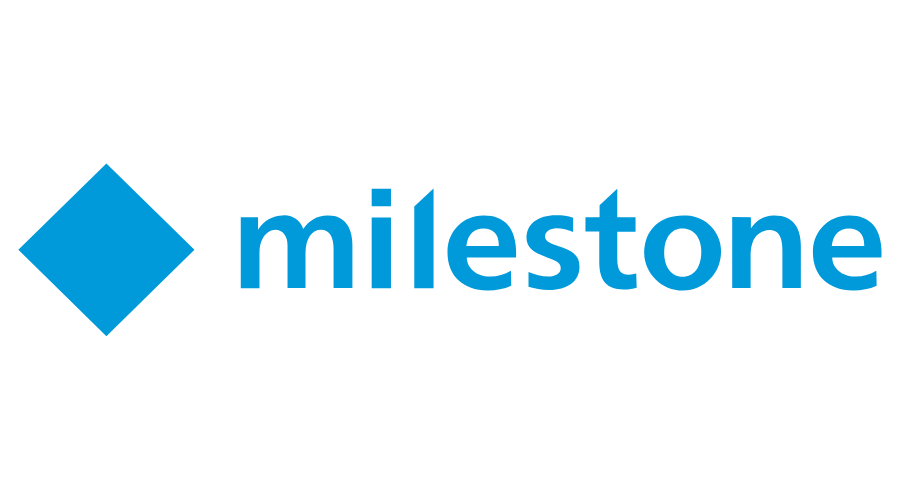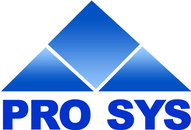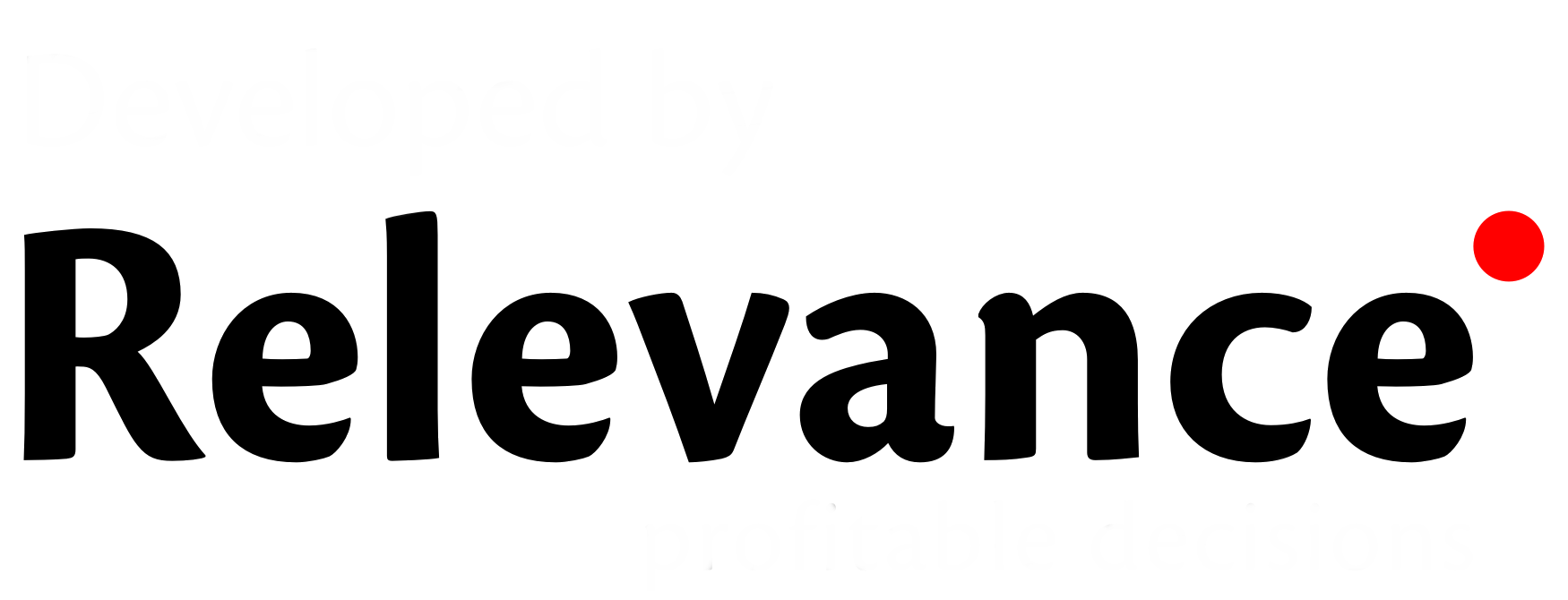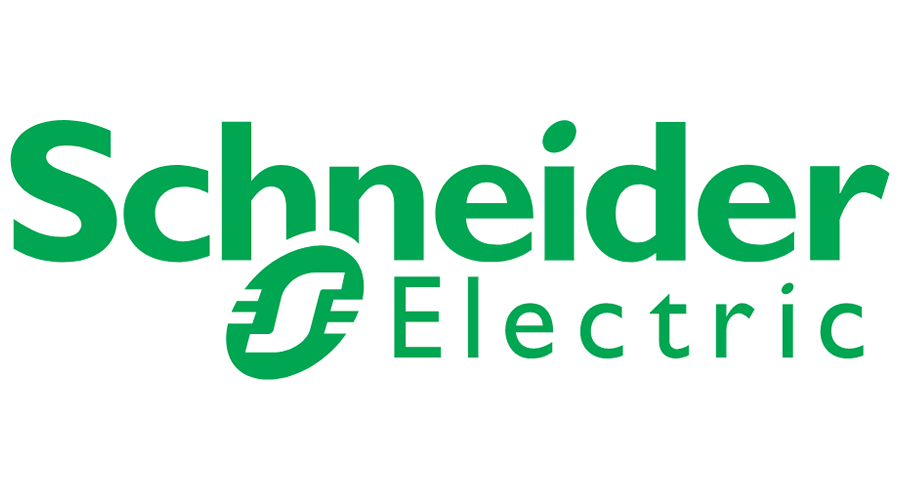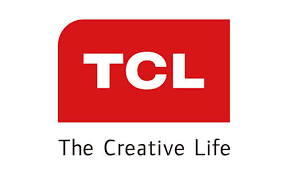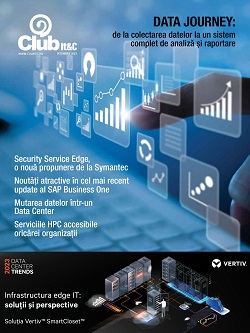Many companies consider implementing an ERP system using European funds, but few manage to complete such an initiative. The year 2021 brought new European measures and funds for digitalization, which raised the interest of the Romanian entrepreneurs in the modernization of IT applications and infrastructure. One of the best known is ,, Action 2.2.2 – Digitization of SMEs” and it offers grants of up to 100,000 Euro. Eligible expenses include software, hardware, implementation, and even training.
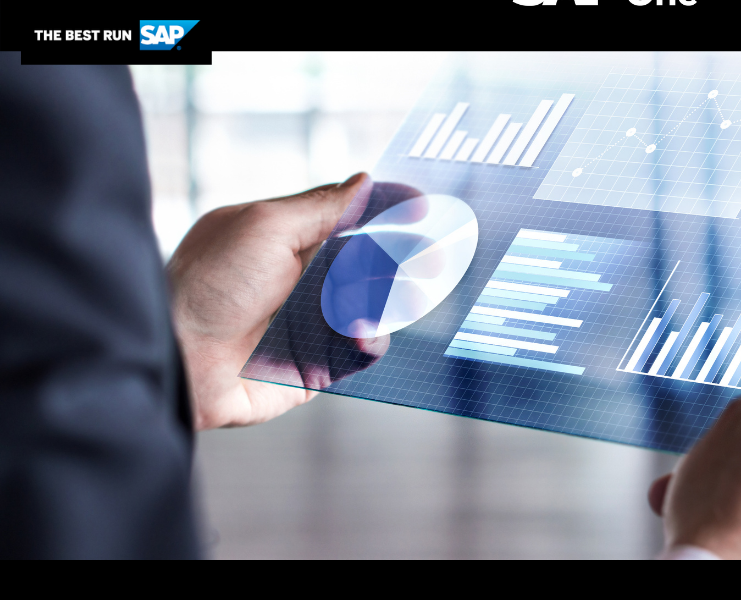 The motivation for submitting projects is clear-cut and using European Funds is the most relevant alternative to financing from own resources. However, the obstacles and limitations of these programs are less familiar. In the last two or three years, we have been involved in several projects implementing ERP systems with European non-reimbursable funds (SAP Business One), so we have summarized the experiences of our consultants and clients and defined some key guidelines that we advise you to follow.
The motivation for submitting projects is clear-cut and using European Funds is the most relevant alternative to financing from own resources. However, the obstacles and limitations of these programs are less familiar. In the last two or three years, we have been involved in several projects implementing ERP systems with European non-reimbursable funds (SAP Business One), so we have summarized the experiences of our consultants and clients and defined some key guidelines that we advise you to follow.
The motivation for submitting projects is clear-cut and using European Funds is the most relevant alternative to financing from own resources. However, the obstacles and limitations of these programs are less familiar. In the last two or three years, we have been involved in several projects implementing ERP systems with European non-reimbursable funds (SAP Business One), so we have summarized the experiences of our consultants and clients and defined some key guidelines that we advise you to follow.
1. Don’t rely on projects that target only computerization components. Pay attention to the classification of the project in the various categories of financed measures and actions. For the clients who managed to obtain the financing, we noticed that computerization is only one of the components of the project. The spectrum of projects is broader and generally covers the expansion of the core business (for instance, increasing the production capacity by building a new hall). This option seems to be the most likely to get you the financing. On the contrary, the financing applications submitted strictly for the acquisition of technology (software or hardware) registered a lower success rate for various reasons, such as the suspension of the related measure or the failure of the file to qualify.
2. Have patience when preparing the file and waiting for the results. Accessing European funding is a process with a high level of bureaucracy and requires patience and meticulousness. The file must be prepared following a certain pattern, and the compliance with the requirements of the measures concerned must be rigorous. Even if the file is approved, don’t get excited right away, all the steps take time. For our clients, it took an average of 6 to 8 months from the writing of the specifications to the approval of the project and another 6 to 10 months for its effective development. Therefore, if you want to modernize your computer system and are under time pressure, you need very good organization and planning.
3. Identify and determine eligible expenditures correctly. Many of the problems encountered in projects are generated by expenditure eligibility. At the technological level, discussions we had with our clients revealed that cloud services are to be avoided in almost any project with European funding, regardless of whether it is SaaS or IaaS. Similarly, support and maintenance services are not eligible in many cases. It is important for the projects to include the physical infrastructure needed to run an ERP with European funds, as hosting does not fall into the category of eligible expenses. Therefore, you need an experienced partner so that you do not get caught up in certain areas of expenditure.
4. Pay attention to technological limitations. The procedures associated with European non-reimbursable funds are not exactly in line with current technological thinking. Therefore, there are multiple limitations other than those imposed by the expenditure eligibility. For example, using servers purchased under the project in another location (for a backup cluster, for example). Difficulties also arise if the projects include equipment that will no longer be available on the market by the completion of the file and require an equivalent replacement. Therefore, you need to pay close attention to the details, descriptions, life cycle of products included in the specifications, and the long-term stocks. There are details that can save you a lot of hassle if you have the right partner.
5. Conclude the right partnerships. For an inexperienced company, understanding the rules associated with obtaining financing from European funds is a complicated process. In the case of our clients, the best approach was to conclude partnerships with consulting companies which have practical expertise in the extended field of financing and with a company like System Innovation Romania, because we have experience in implementing ERP systems with European funds. The chances to successfully complete the initiative increase significantly while the pressure on your own team decreases proportionally. It is already known that the consulting services for the elaboration of the documentation necessary to prepare the project application and even the project management classify as eligible expenditures. In addition, you need to appoint an internal project manager to manage the entire implementation process both from a technical and business perspective.
Whatever measures you are taking, do not neglect the technology components that you can add to your projects because they will prove their value in the long run. If you are not pressed by time to implement an ERP system and you can wait at least a year, European grants are an opportunity not to be missed. European money is harder to get but you can get it and thus modernize your business and increase productivity and profitability.



